Roundup had toxic effects on the hearts of rabbits and rats in a new study led by Steeve Gress and conducted in the lab of Prof Gilles-Eric Seralini. Doses were equivalent to those that would be expected in acute poisoning incidents. The hearts were tested “ex vivo” – removed from the animals at the time of sacrifice and kept alive in solution.
Glyphosate alone – the supposed “active” ingredient of Roundup – had no such effects, though it is this substance in isolation that is tested and assessed for long-term safety in regulatory approvals. This confirms the findings of other animal and test tube studies that complete pesticide formulations are more toxic than their isolated “active” ingredients.
The findings of the new study may provide an explanation for anecdotal reports from hunters of rabbits dying suddenly after crossing a Roundup-sprayed field, and from pet owners of dogs dying of seizures after exposure to Roundup-sprayed lawns – as well as cases of heart problems documented in people after Roundup poisoning.
Cardiotoxic electrophysiological effects of the herbicide Roundup® in rat and rabbit ventricular myocardium in vitro
Gress, S. et al (2014). Cardiovascular Toxicology, Epub 2 Dec 2014.
http://link.springer.com/article/10.1007/s12012-014-9299-2
Abstract
Roundup (R), a glyphosate (G)-based herbicide (GBH), containing unknown adjuvants is widely dispersed around the world. Used principally by farmers, intoxications have increasingly been reported. We have studied R effects (containing 36 % of G) on right ventricular tissues (male Sprague–Dawley rats, up to 20,000 ppm and female New Zealand rabbits, at 25 and 50 ppm), to investigate R cardiac electrophysiological actions in vitro. We tested the reduced Ca?? intracellular uptake mechanism as one potential cause of the electrical abnormalities after GBH superfusion, using the Na?/K?-ATPase inhibitor ouabain or the 1,4-dihydropyridine L-type calcium channel agonist BAY K 8644 which increases ICa. R concentrations were selected based on human blood ranges found after acute intoxication. The study showed dose-dependent Vmax, APD50 and APD90 variations during 45 min of R superfusion. At the highest concentrations tested, there was a high incidence of conduction blocks, and 30-min washout with normal Tyrode solution did not restore excitability. We also observed an increased incidence of arrhythmias at different doses of R. Ouabain and BAY K 8644 prevented Vmax decrease, APD90 increase and the cardiac inexcitability induced by R 50 ppm. Glyphosate alone (18 and 180 ppm) had no significant electrophysiological effects. Thus, the action potential prolonging effect of R pointing to ICa interference might explain both conduction blocks and proarrhythmia in vitro. These mechanisms may well be causative of QT prolongation, atrioventricular conduction blocks and arrhythmias in man after GBH acute intoxications as reported in retrospective hospital records.






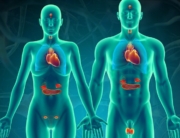


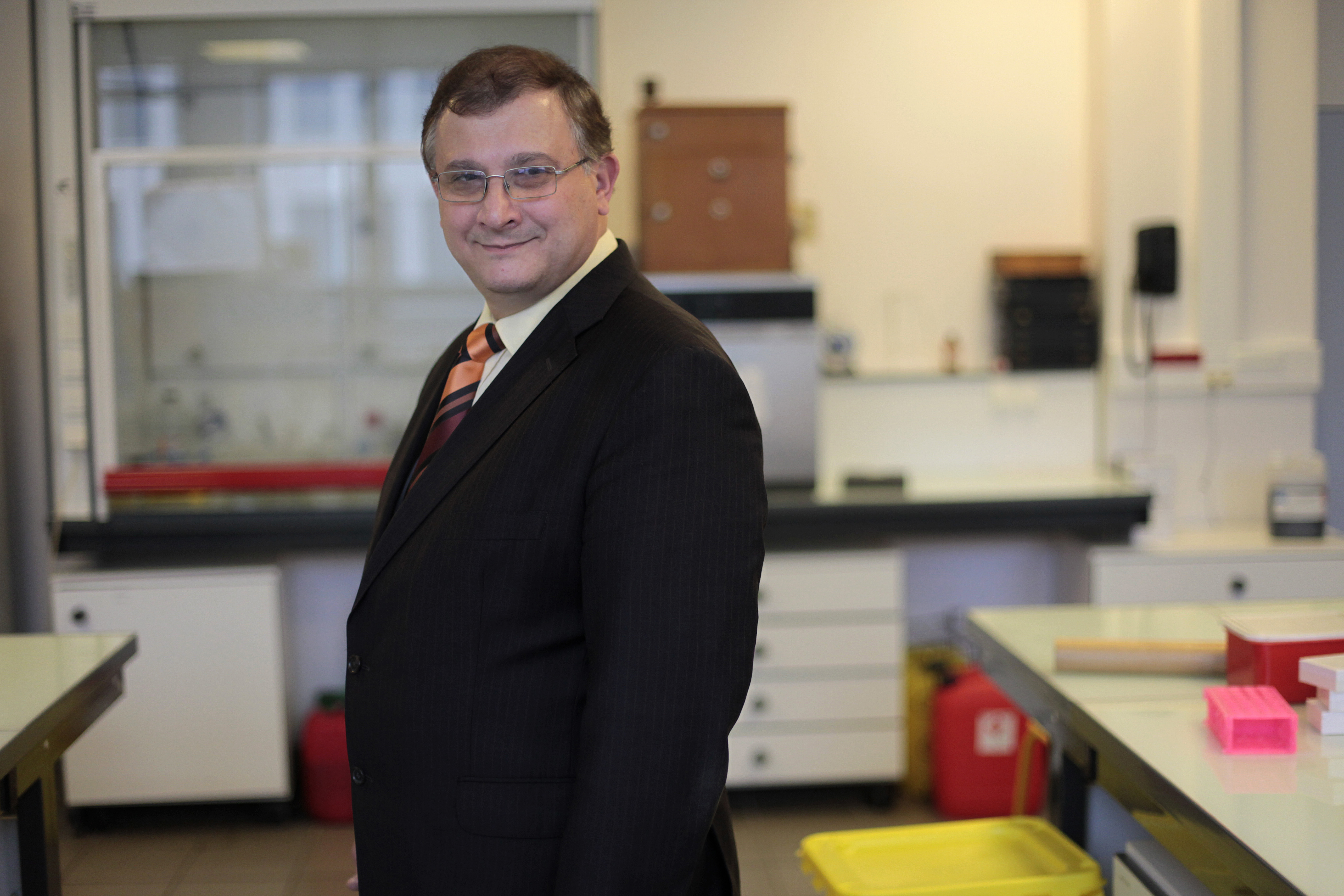



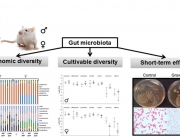










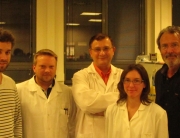




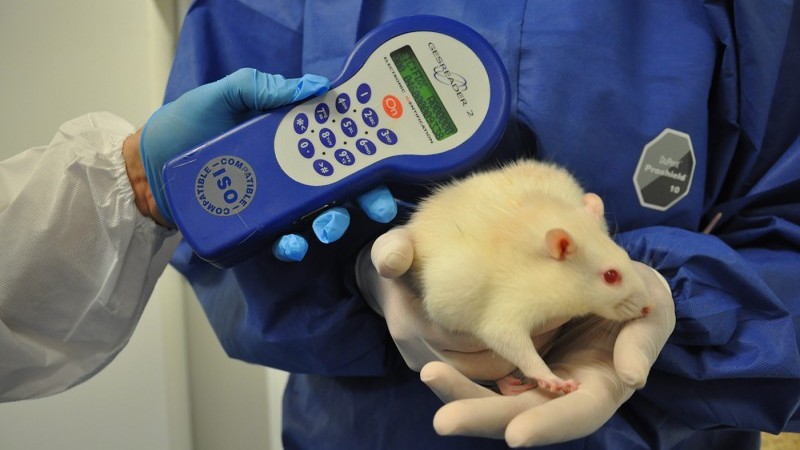

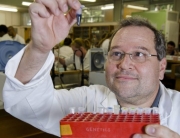
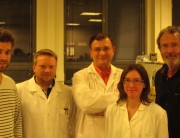
















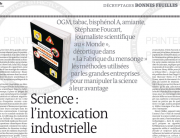


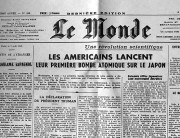







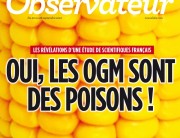















It is so bewildering why products are not immediately banned when they cause big problems.